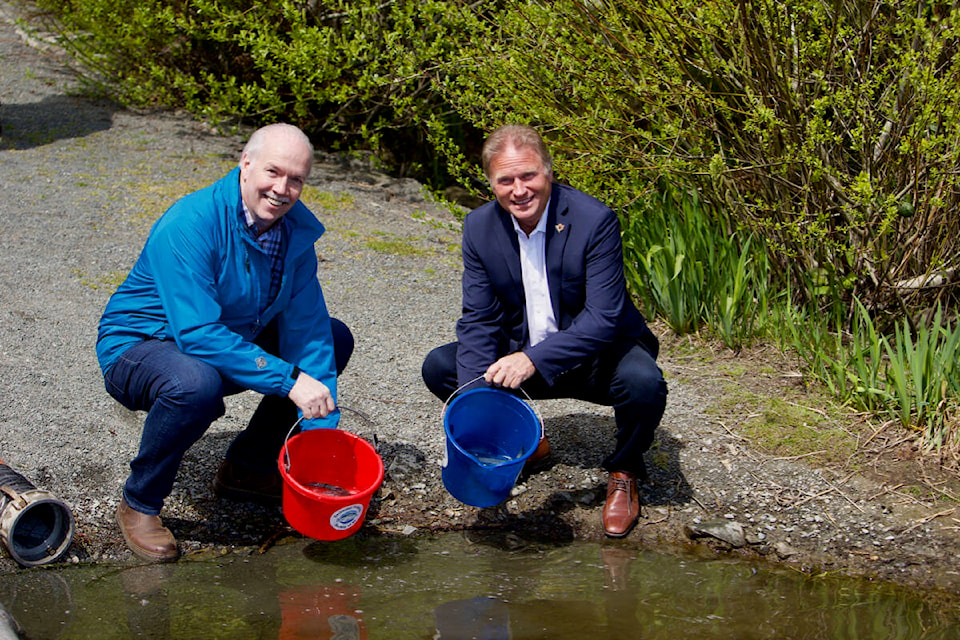Langford’s per capita greenhouse gas emissions are among the lowest in the Capital Regional District, according to the CRD’s 2020 greenhouse gas inventory, but the increase in overall emissions is the region’s second-highest.
Emissions dropped from 5.5 tonnes of CO2 in 2007 to 3.7 tonnes in 2020, putting it around the same level as Sooke, Saanich and the Salt Spring Island electoral district, according to CRD climate action programs manager Nikki Elliott.
The biggest cause is Langford’s growing population, which increased by 10 per cent between 2018 and 2020 – from 38,296 to 44,423 – and has nearly doubled since 2007. While its overall emissions increased 22.5 per cent compared to the 2007 baseline, per capita emissions declined.
A drop in vehicle traffic during the pandemic may also have contributed to the decline in per capita emissions, Elliott said. The municipality’s total emissions rose one per cent between 2018 and 2020.
The 22.5-per-cent jump in overall emissions was second-highest in the CRD, behind only the District of Highlands. Langford was one of just five jurisdictions the CRD collects data for that saw an increase, the others being Highlands, Sooke, View Royal and the Juan de Fuca electoral area.
Langford’s record on protecting the environment has been a hot-button topic throughout the city’s rapid growth. The issue came to a head at the May 16 council meeting, when a motion to create an environmental protection committee was defeated. Mayor Stew Young defended the city’s record, saying there’s a lot of misinformation about Langford’s environmental protection record.
He has repeatedly said the goal with increased development is to move towards densification, frequently citing urban planner Avi Friedman’s vision which sees the strategy as a means to combat climate change.
ALSO READ: Densification, sustainability key to Langford’s downtown: Avi Friedman
“I’ve been living here since 1951, there’s more stuff now than there ever has been. You can walk everywhere,” said Coun. Lanny Seaton, chair of the parks and beautification committee. He was also vocal in his defence of Langford’s environmental record during the May 16 meeting and joined Young in saying the parks committee already does a lot of work in that area, including the protection of green space and the combating of invasive species.
The former is a key area of contention among residents unhappy with the city’s environmental record. The loss of trees and the rate of development has been a common theme highlighted by Langford Now, a newly formed electors organization that is pushing to slow down development and is looking to support new members getting elected to council in the October election.
“There have been bold steps to address the housing crisis. Now we need to take bold steps alongside that to address the climate crisis. This isn’t red tape – it’s what we need to do to ensure a livable future in Langford,” Matt Rodgers, environmental advisor to the group, said in a statement.
Elliott pointed to such policies as low carbon concrete and pushing for electric vehicle usage as steps the city is taking that will “decarbonize development.”
ALSO READ: Langford council rejects environment protection committee idea
ALSO READ: Sooke GHG emissions dropping, but too slowly
bailey.moreton@goldstreamgazette.com
Like us on Facebook and follow us on Twitter.
